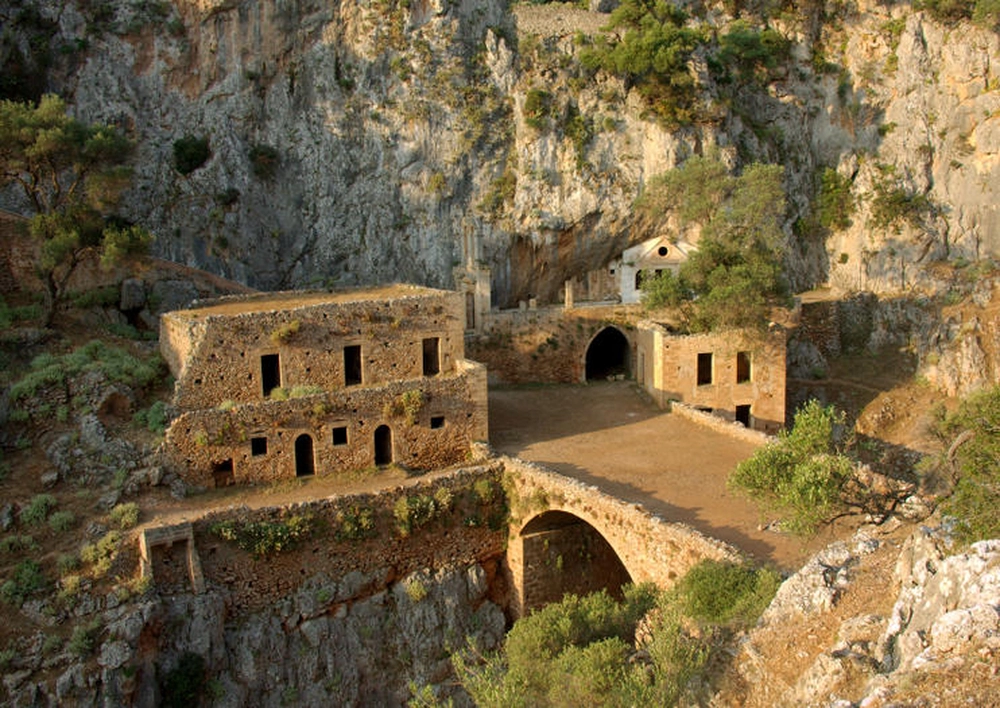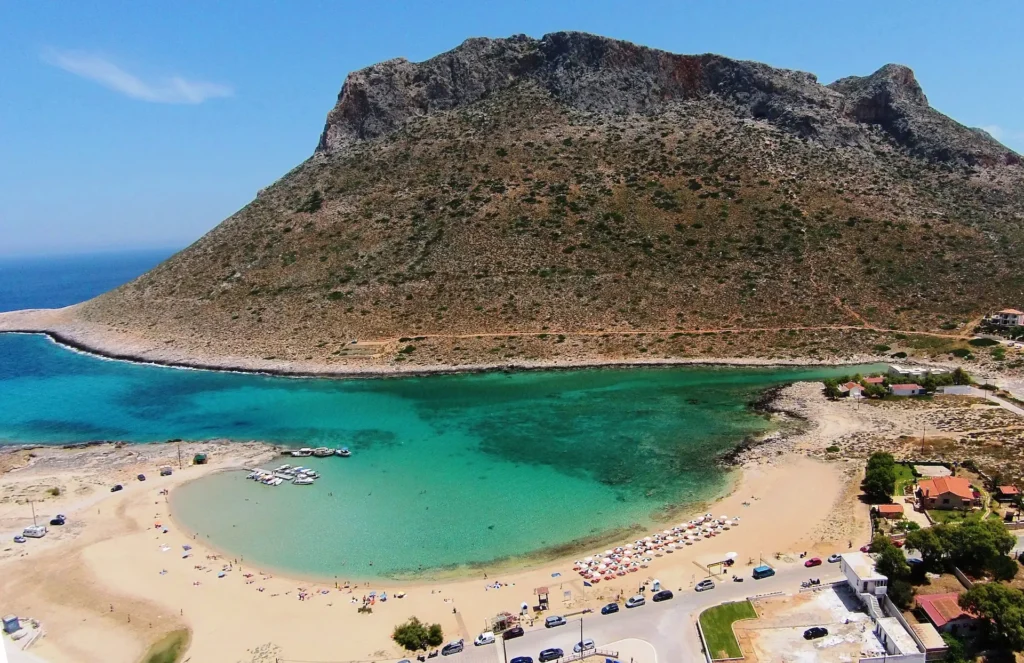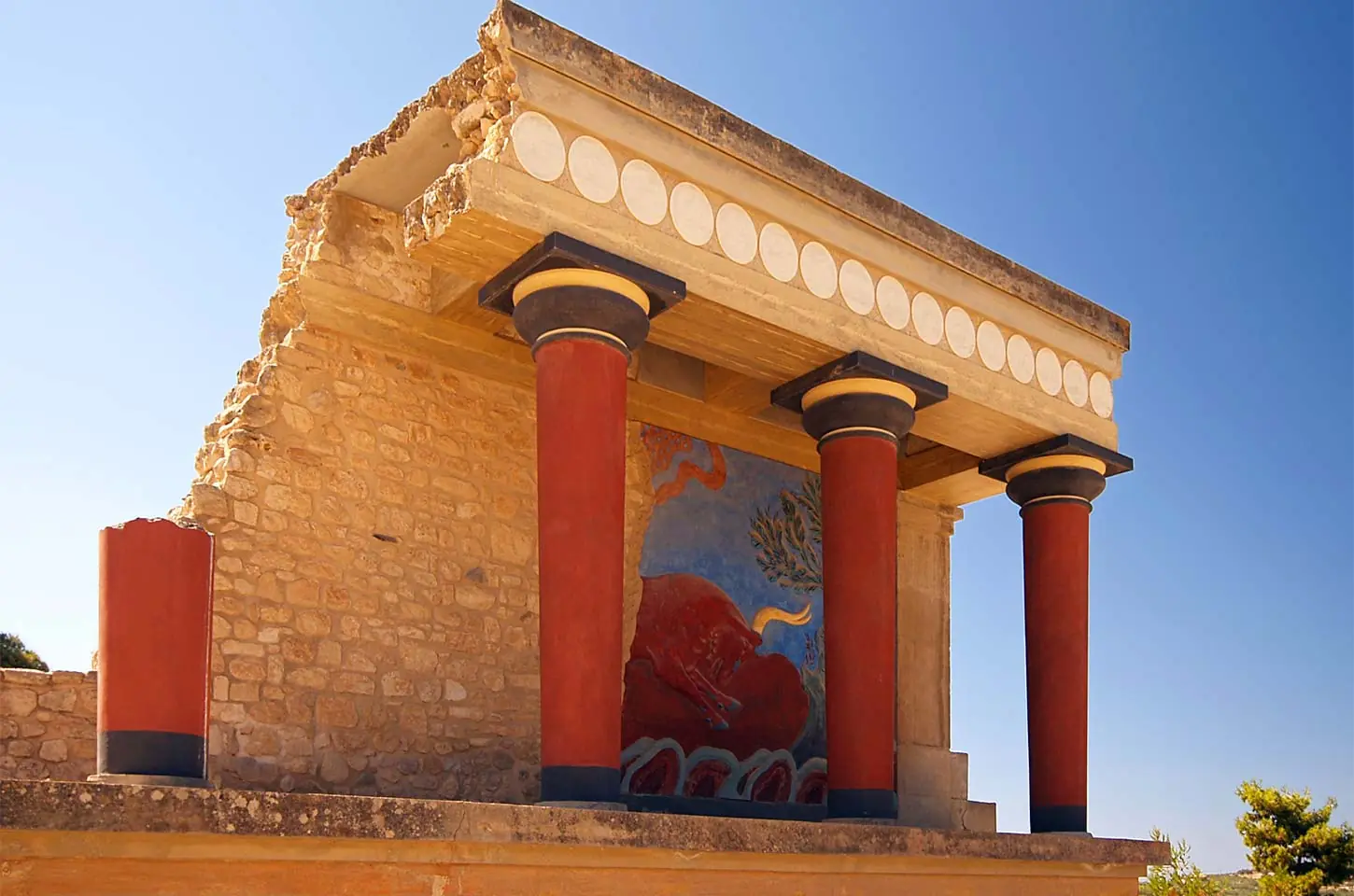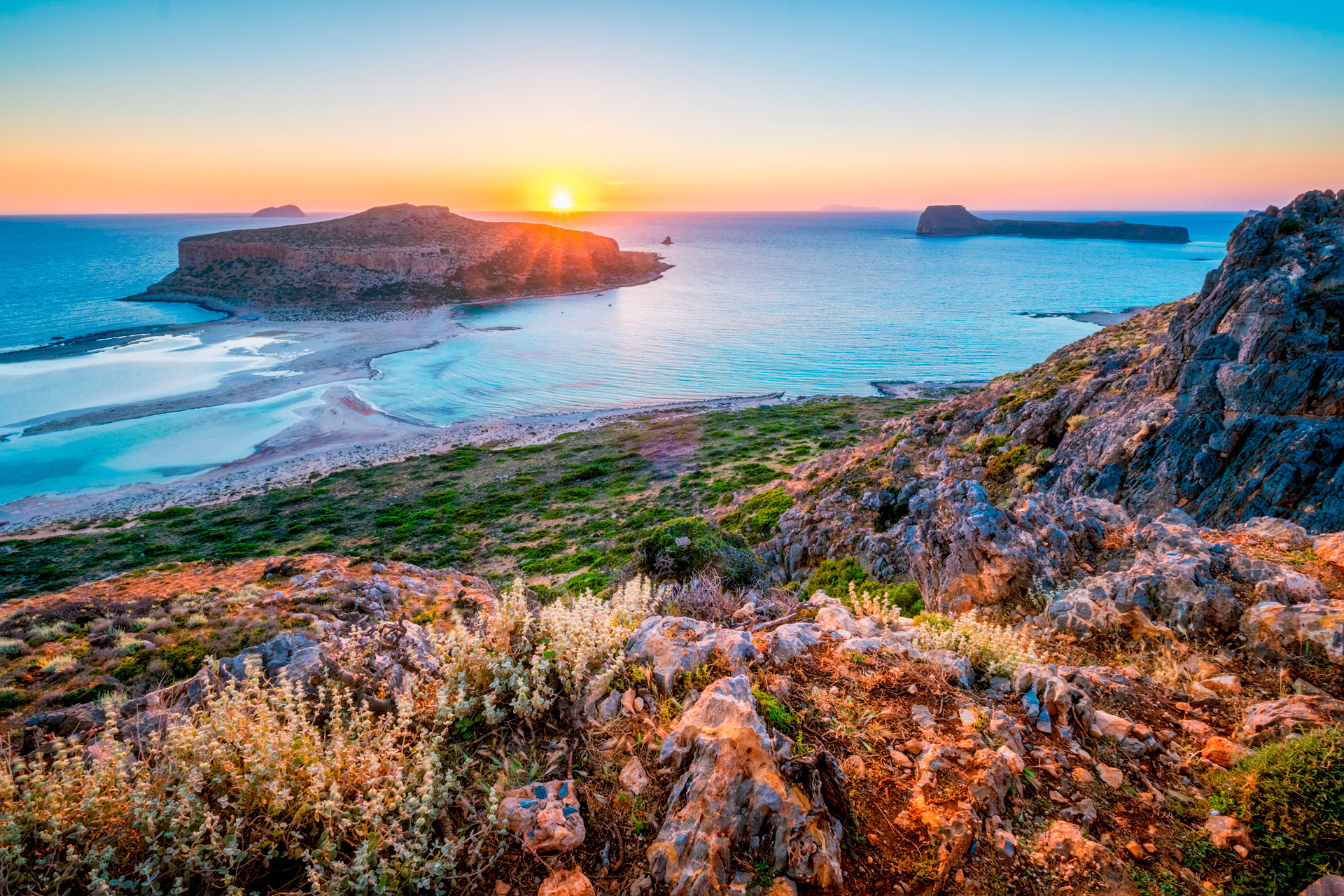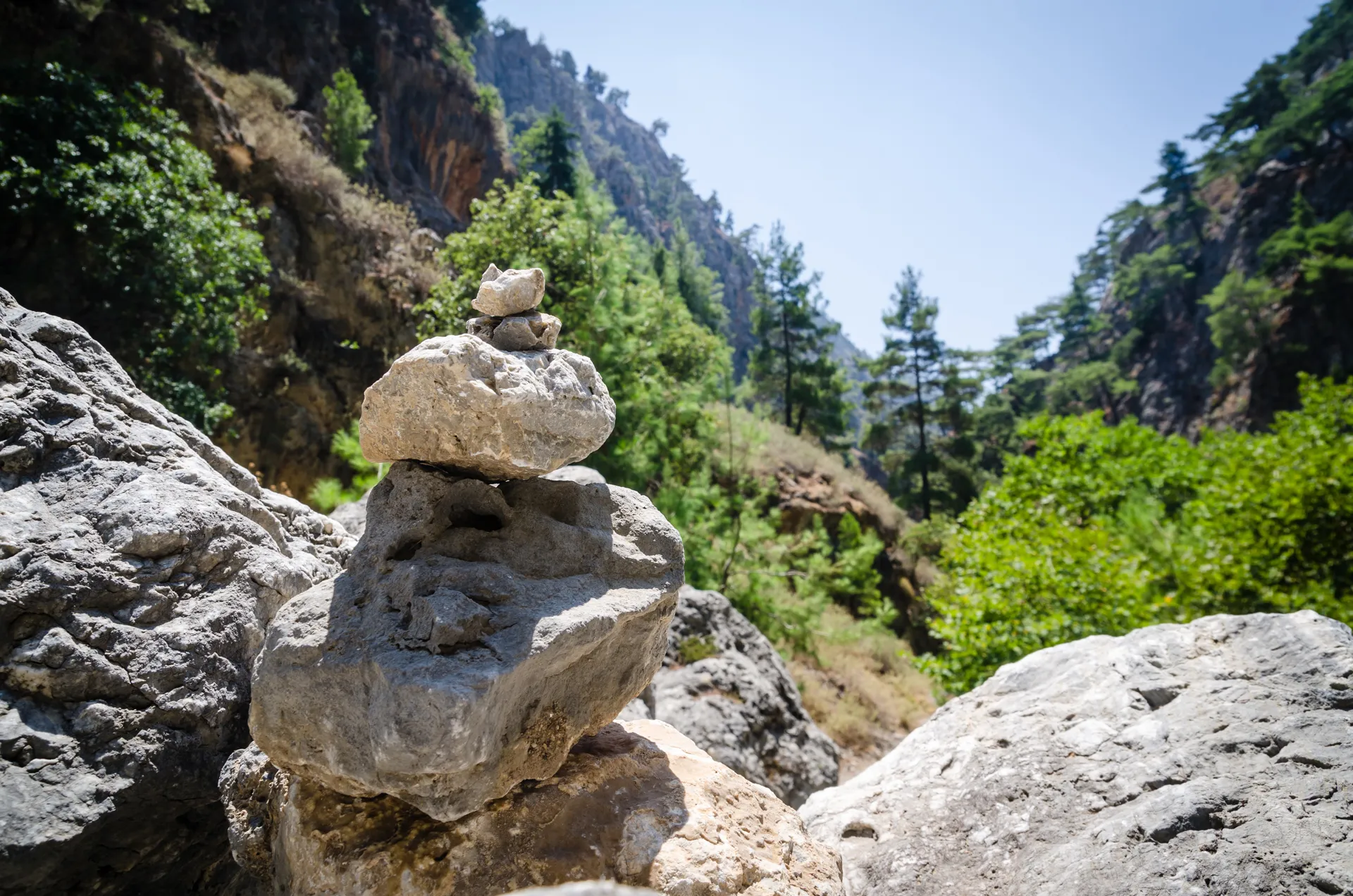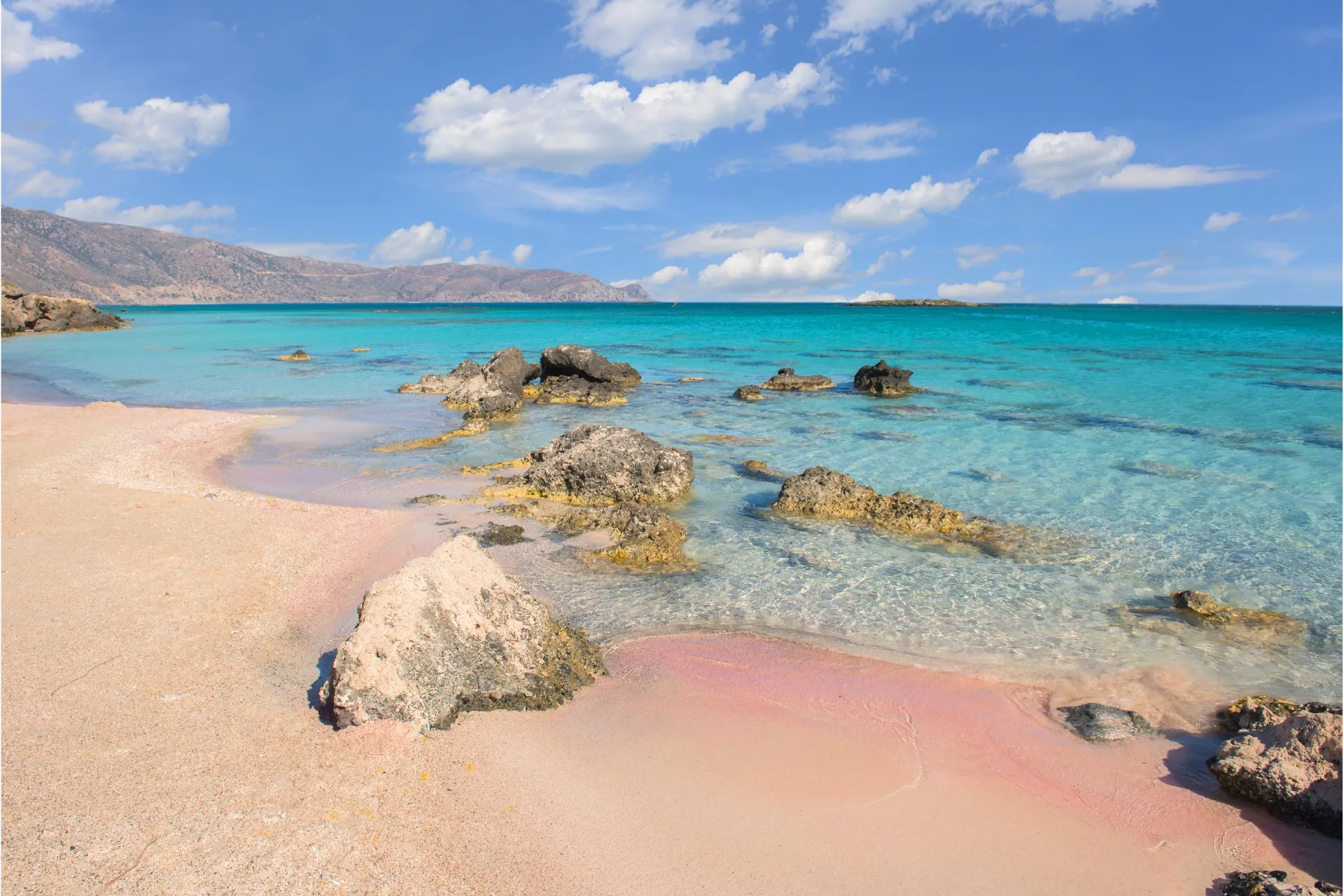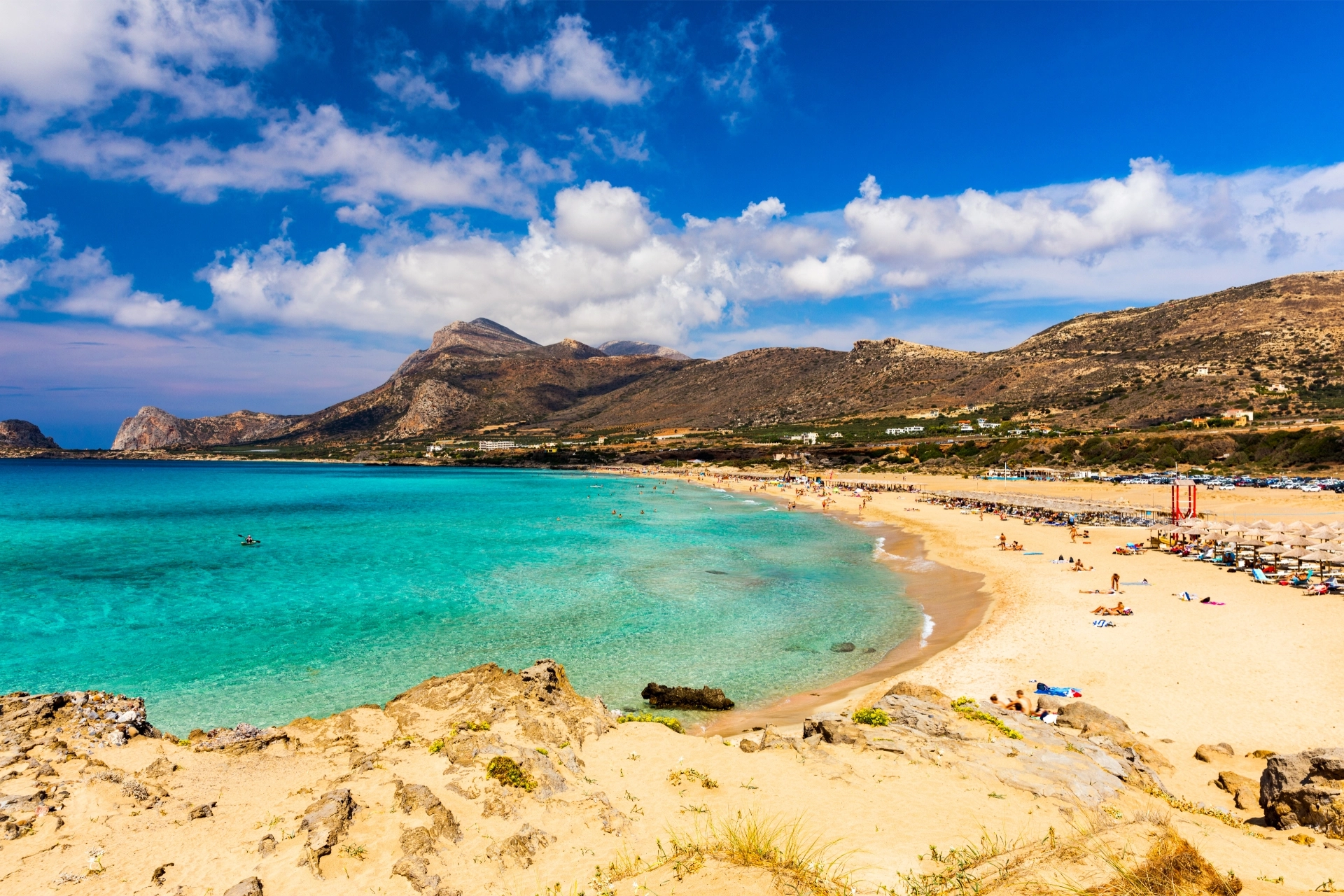Katholiko Monastery
Katholiko Monastery is one of the most beautiful and impressive structures built within a gorge that you will ever see. This incredible monastery perfectly links its purpose of worship with nature and the gorge surrounding it.
There are no records of exactly when this monastery was founded, but records show huge numbers of pilgrims came to the area after the 11th century to pay respects to the great influencer St. John the Hermit, known to have died in a cave here. There is strong evidence of a much older monastery or church on this site, as the name Katholiko means central church. It is believed a church was built around the cave of St. John shortly after he was recognized as a saint, and since then pilgrims have made the great journey to honor him, but unfortunately there are no remains of a building from this time. This makes it the oldest monastic site in all of Crete.
The buildings that remain today of this impressive monastery were built in the 17th century by a great Veneto Cretan family also known to have built Agia Triada at the start of this tour. Looking around this extensive site, there are many parts of the monastery that remain. Most impressive of all is a bridge that spans the river bed, joining one side of the gorge with the other. At the foot of the bridge, there are large vaulted storage spaces, while on both sides are two-story buildings. Above, the church of St. John the Hermit and a series of small rooms believed to have once housed the monks that lived here The size and beauty of this monumental site are a clear indication of the love and devotion the architects had for this gorge and its religious importance.
It’s unclear exactly when this incredible monastery was abandoned, but it is believed that due to its wealth and pilgrimage to the area, it was susceptible to many pirate raids. Some accounts say the monks of Katholiko fled to the nearest monastery, Gouverneto, and others say they fled to Agia Triada. Either way, this incredible monastery was given back to nature, which has created the even more impressive site that we see today.
Stavros Beach
Stavros was once a small fishing town. It is located 17 kilometers north-east of Chania. Today, the region has become a popular tourist area but is still a beautiful and unique place to visit. Through the unbelievable powers of nature, it is said the surrounding mountains are shaped like camels.
Stavros has two beaches that are both beautiful but have different characteristics. The small bay to the east of the village is the most popular and is very well organized with sunbeds, tavernas, and a beautifully restored windmill. The main beach, to the north of the village, is much larger but also not protected from the wind and waves. Both are beautiful in their own ways. The peninsular between the two beaches is also of some interest, as it is here that the limestone used for building Chania’s Venetian walls was extracted. Today, you can see the remnants of the ancient Venetian quarry, which dates back between the 13th and 17th centuries.
Stavros Beach was made famous in the 1970s when “Zorba the Greek” was filmed on this beach. Anthony Quinn famously danced Sirtaki here, and since then it has been a popular tourist destination.
https://www.deluxetransfers.gr/balos-beach/

